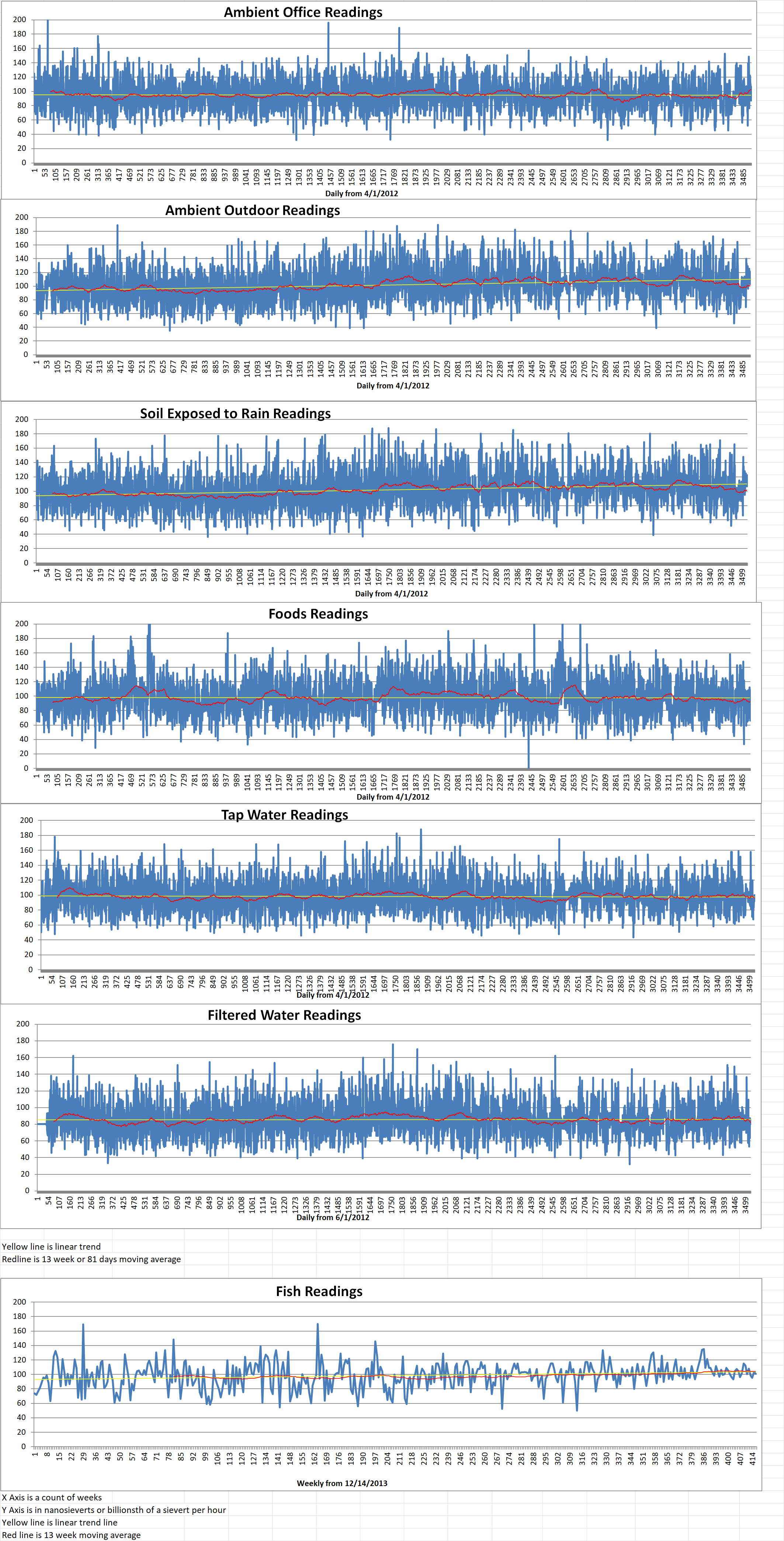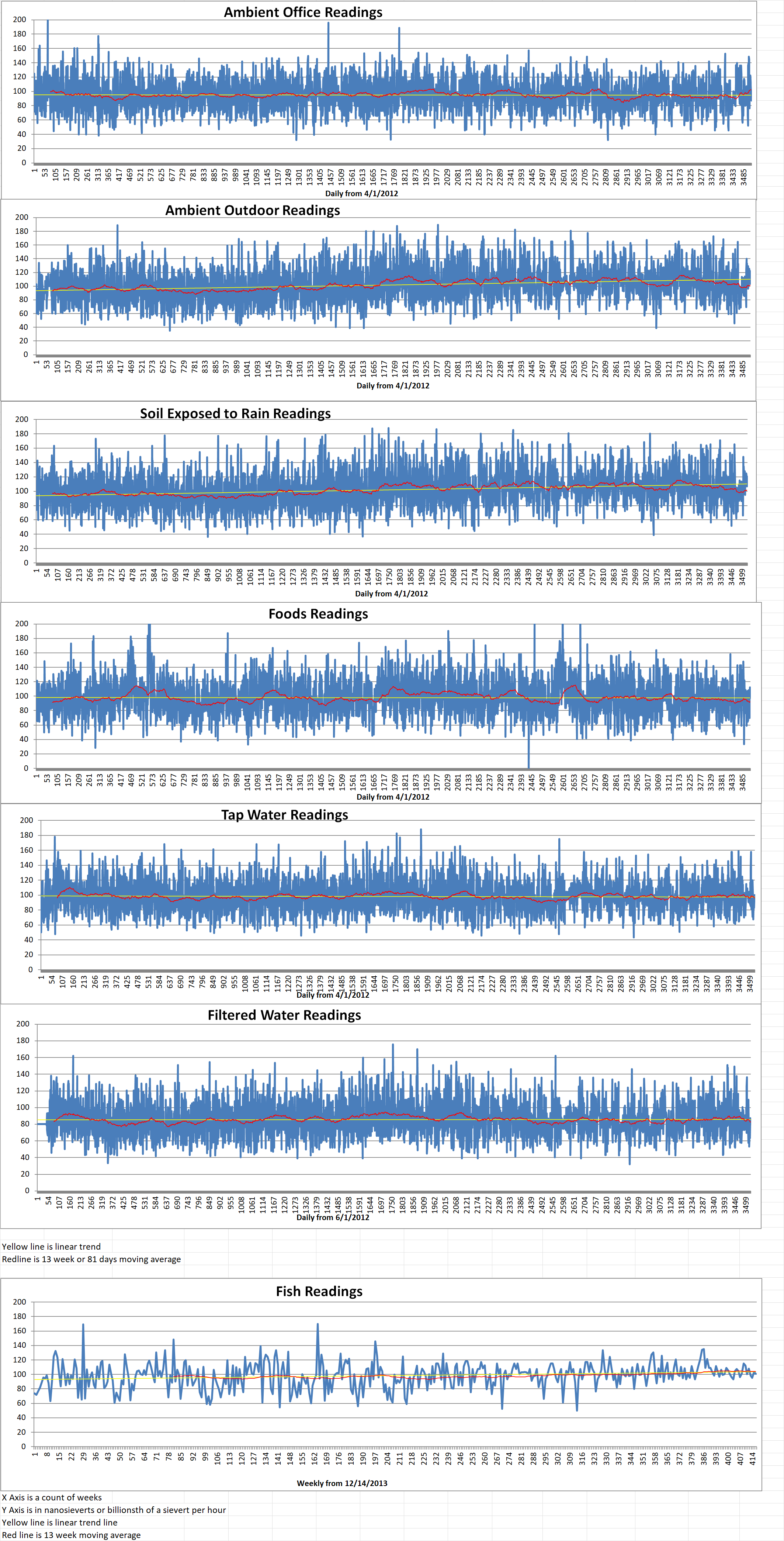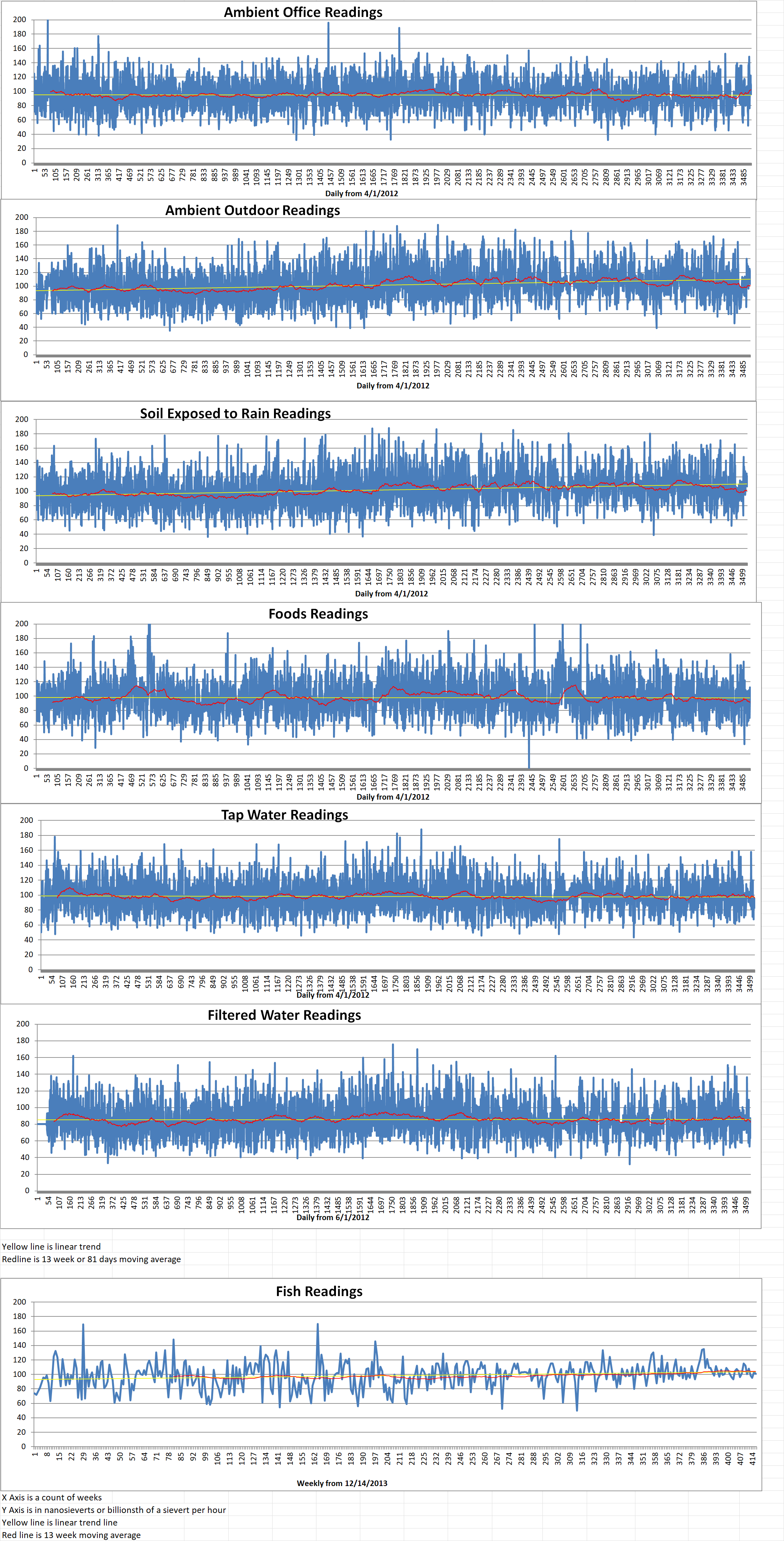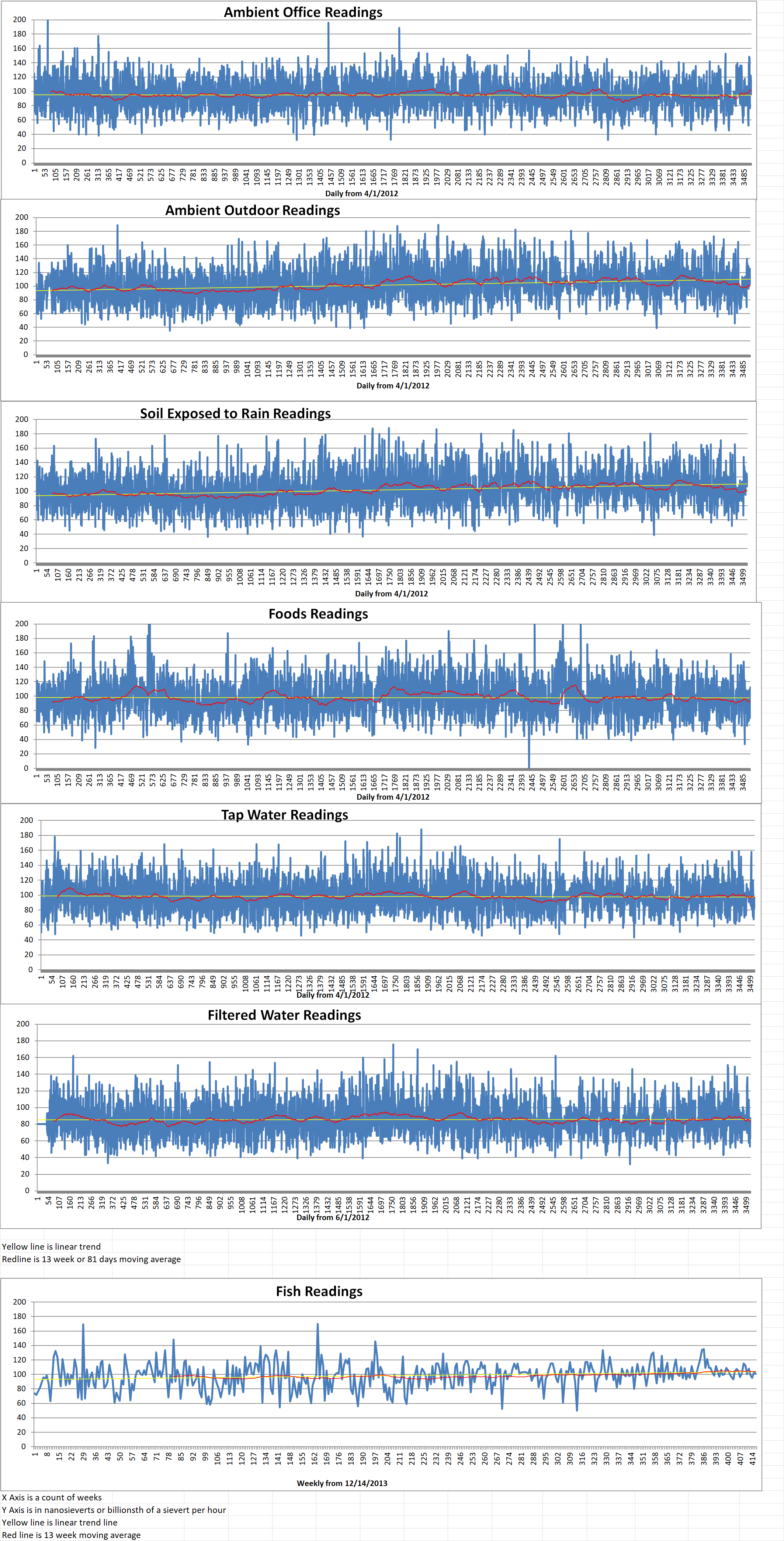Part 1 of 2 Parts
The International Thermonuclear Experimental Reactor (ITER) is a huge international project to construct a prototype tokamak nuclear fusion reactor. A group of countries are providing technology and expertise to construct what has been called the biggest and most complex international science experiment in history. ITER began construction of infrastructure in Cadarache, France in 2013. The construction of the actual tokamak began in 2020. ITER was supposed to go into operation in 2025. The current estimated date of initial operation of the ITER is now 2035. It is just intended to demonstration stable fusion and will not generate any electricity.
The original budget for ITER was estimated at just under seven billion dollars. The current estimate is around twenty-three billion dollars. Some estimates are as high as sixty five billion dollars but that is strongly disputed by the ITER administrators.
The reactor core will be assembled from nine huge vacuum vessel sections which each weight four hundred and forty tons of steel. Two vacuum vessel sections have been delivered to the site. The first section was scheduled to be lowered into the tokamak chamber, also known as the tokamak pit in December of 2021.
The ASN learned about damage to the delivered sections during an inspection on July 2nd, 2021 and reported it to Bernard Bigot, the director-general of the ITER organization on July 20th, 2021. Since then, the ITER organization has submitted repeated requests to the ASN to allow the ITER organization to proceed with the installation of the damaged sections with an alternative method.
In November of 2021, it was reported in the press that both of the vacuum vessel sections that had been delivered the ITER site were damaged during manufacture. The details of the damage are unclear. Either the sections or parts of the sections fell at the manufacturing site. This caused dimension distortion according to the French nuclear safety authority Autorité de Sûreté Nucléaire (ASN).
As a result of the dimensional distortions of the vacuum vessel sections, the subassembly of these section cannot be carried out as planned in the spacious assembly hall. Instead, it has been proposed that the subassembly of the damaged sections be performed inside the confined space where the final assembly of the reactor core will take place.
If the damaged sections cannot be welded together correctly, the reactor could release excessive radiation during operation. Gamma-ray radiation and neutrons that will be released during the operation of ITER will require proper cojoining of the nine vacuum vessel to protect workers near the reactor.
Evangelia Petit is the press officer for the ASN. She has explained that the ASN is not willing to compromise its safety standards. “The specifications provided are not sufficient to demonstrate and guarantee compliance with the requirements, specifically concerning a) radiological protection material and [its] impact on the total weight of the tokamak and b) welding and related controls of the vacuum vessel sectors, given the existence of dimensional non-conformance. In order to go forward, we have requested IO to provide us with a consolidated design, carefully reviewed in order to check [compliance with] all safety and radiological protection criteria.”
Please read Part 2 next






